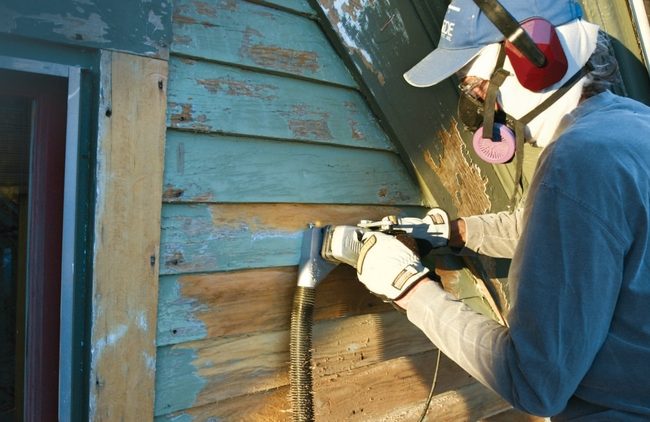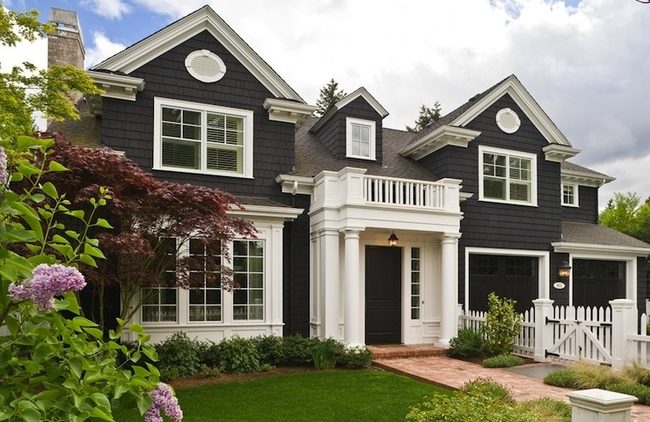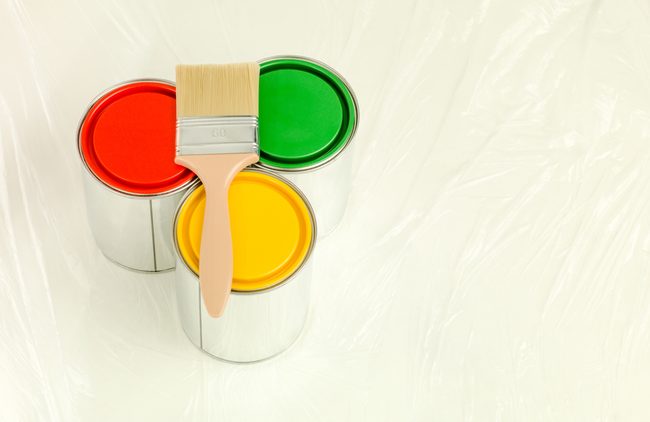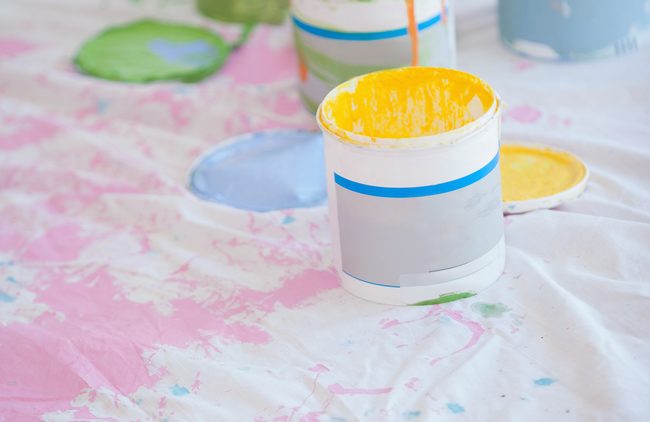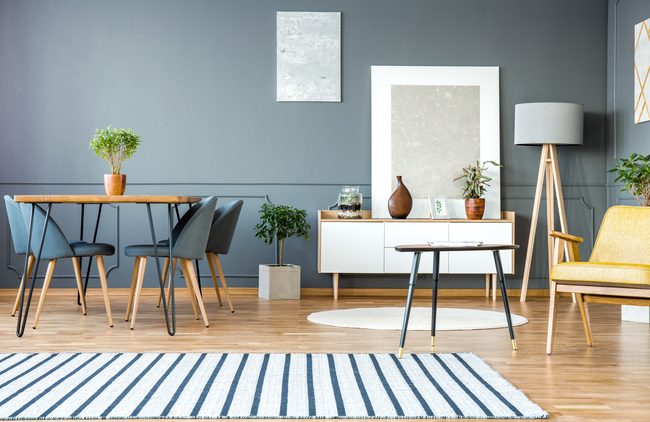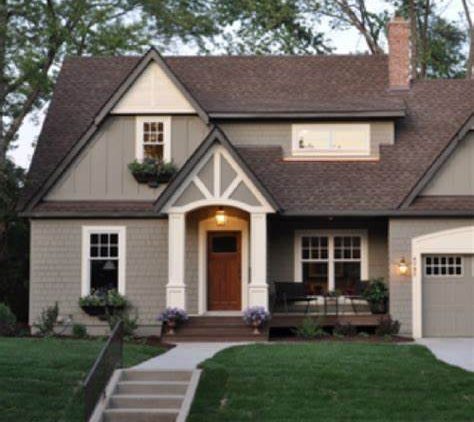Removing Lead-based Paint From Your Home
The test results from the do-it-yourself lead paint kit you sent off are back, and the news is not good—lead paint is present in your home. Removing lead paint is a big project, but taking these precautions during the renovation process will help protect your family’s health.
Ideally, your family should live somewhere else while the work is completed. Children and pregnant women are most at risk, so if you can’t relocate the whole family, this is the perfect opportunity for your kids to have a long visit with grandma.
The job requires protective clothing including goggles, gloves, and coveralls. The most important piece of equipment is a NIOSH-approved respirator to avoid inhaling fumes and lead-dust particles.
Before you begin, you’ll want to prepare your work area by making sure the dust and paint chips will be contained. Seal the area, close all heating vents, and cover the entrance with plastic sheeting. Remove all furnishings and window coverings. Heavy items that cannot be moved should be completely draped with thick plastic and tightly sealed with tape.
Even if you are working outdoors, be sure to place drop cloths on the ground to avoid soil contamination. Don’t work on windy days, and seal doors and windows to stop paint dust from entering your home.
Using chemical stripping techniques instead of sanding is less likely to spread lead dust. Stripping agents are also potentially harmful, so they must be used with care.
When you are done for the day, remove protective clothing and footwear and wash separately from household laundry. Using a spray bottle filled with water and a drop of dishwashing liquid when wiping down surfaces will prevent dust from spreading. Be sure to vacuum the area and put all waste into a sealed bag or container before disposal.
To have this work performed professionally, contact the painting experts at University Painters at (800) 390-4848 or visit their website at https://universitypainters.com.
.

